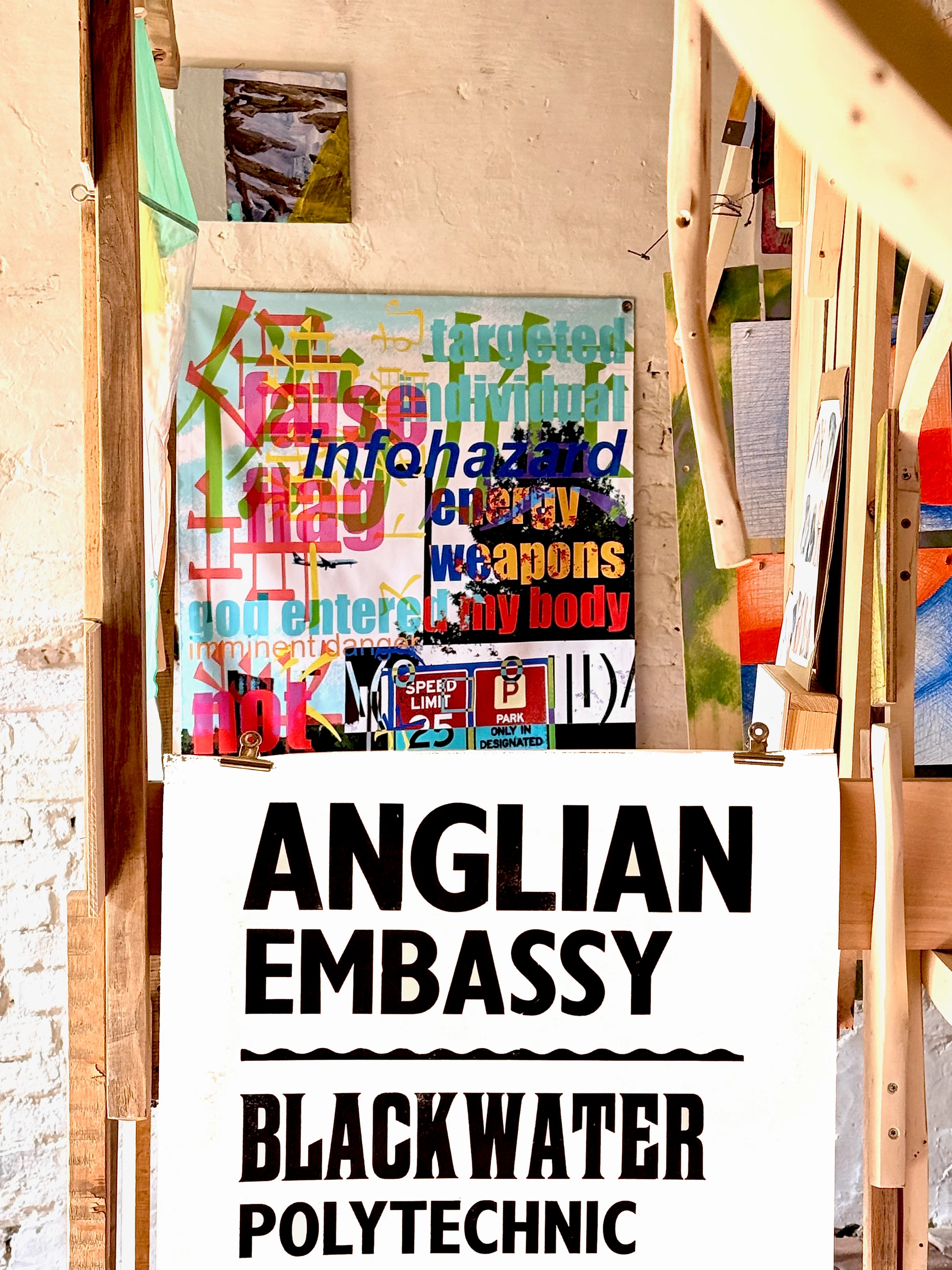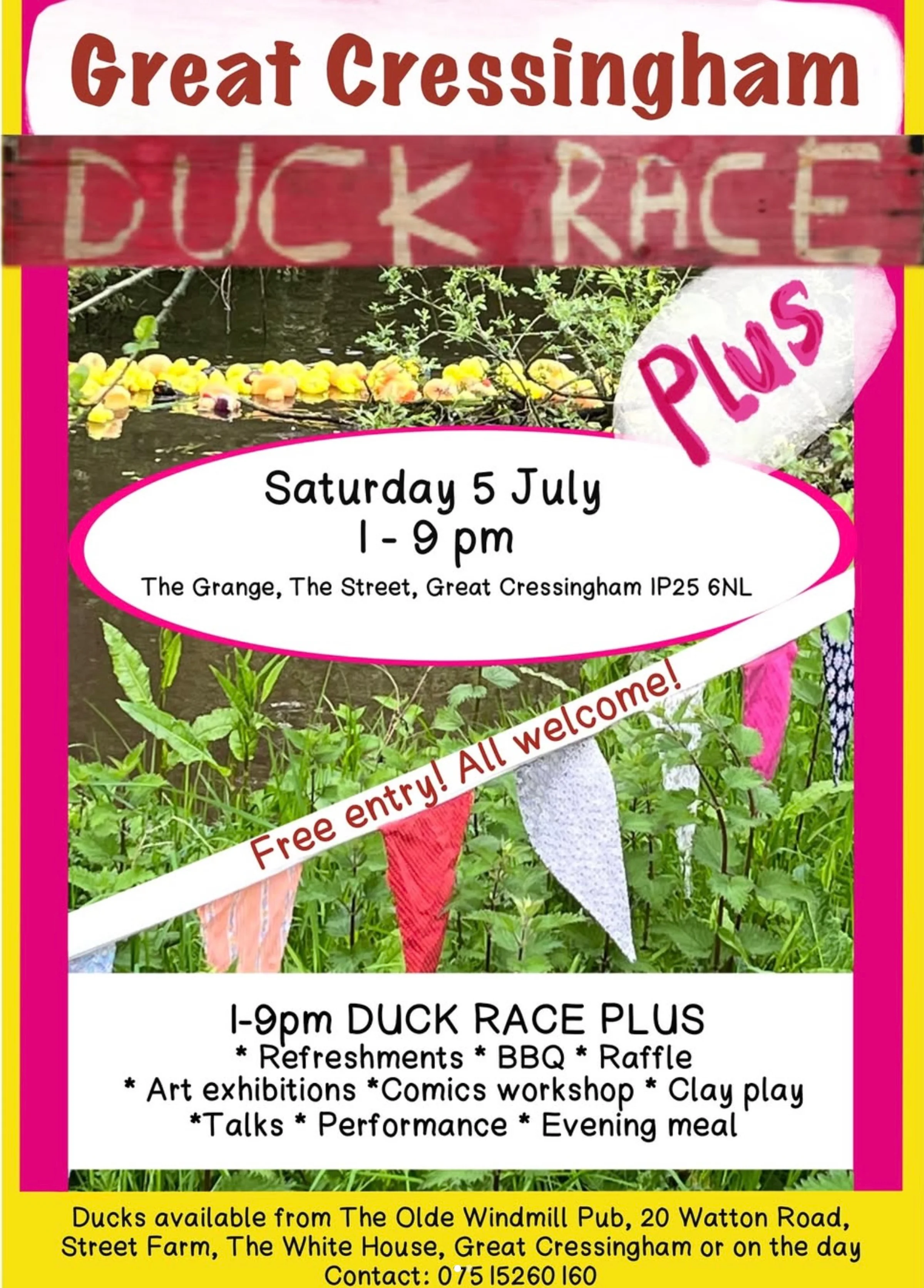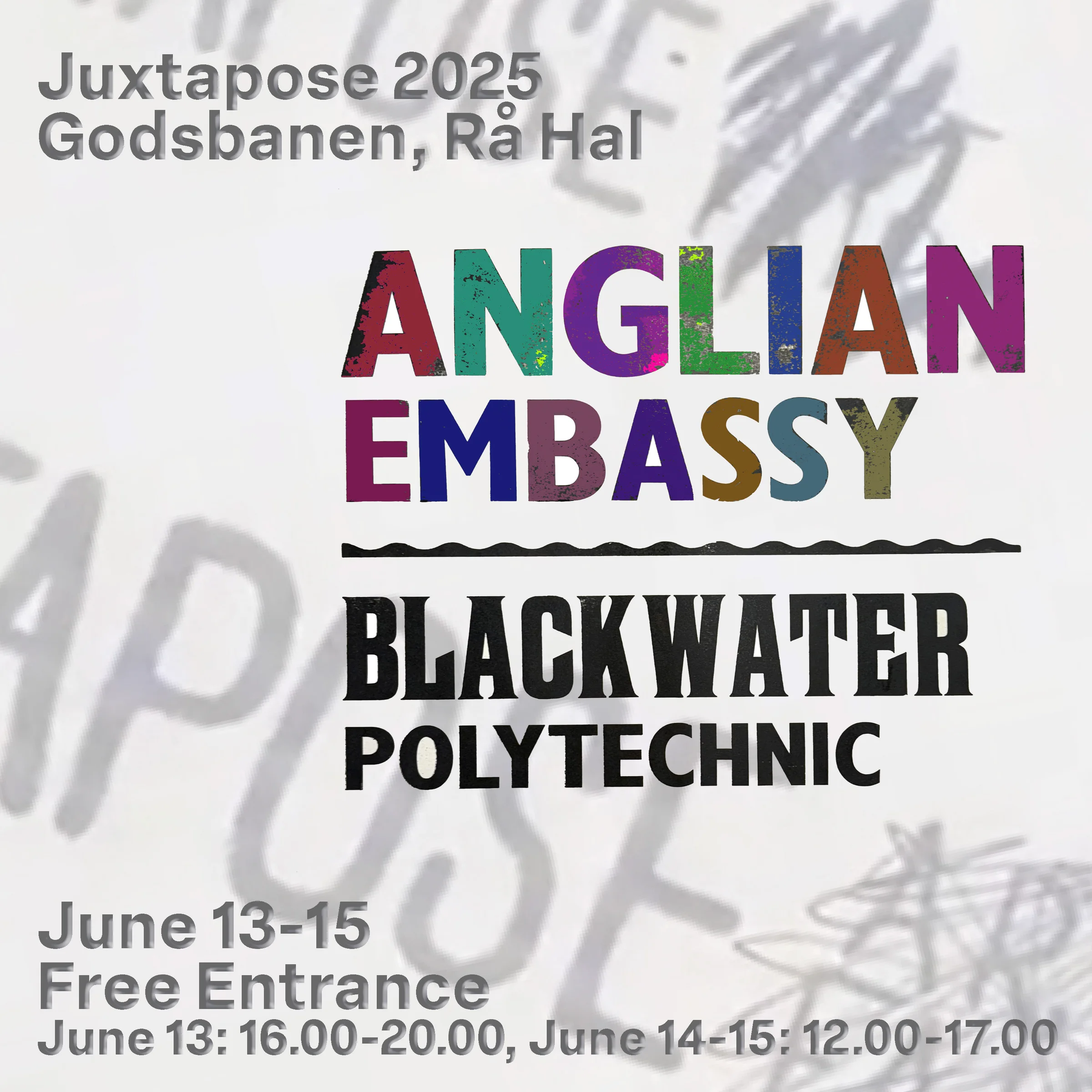
Justin in his workshop
As the son of a ‘Commercial Artist’, I was surrounded by the craft tools of pre-Apple Macintosh graphic design from a very young age. I was destined to seek an occupation that meant I could work with my hands rather than be tied to the screen. With airbrushes, Letraset, Rotring & marker pens, I would see artworks created along with the occasional and tantalising mention of “cold-metal” and “letterpress”. This was the 1980s, and they were talking about something already old-tech. Almost extinct. My first ‘hands-on’ experience of letterpress typesetting and printing came a decade later while studying Graphic Design at Central Saint Martins, and I was immediately fascinated and excited by the process. As a way of continuing to practise the craft after graduation, I started to collect letterpress equipment, which, at that time, was destined for scrap. I spent the next twenty years amassing as much type and as many presses as I could physically move and afford to save from destruction. The large cast steel bed of the press is my canvas, onto which I arrange letters and ornaments, one by one, back to front. After all these years, my eye is trained to ignore the non-printing areas and see only the letterforms carved and cast upon the faces of the blocks. I build these blocks like a jigsaw into the ‘formes’ that I print from, locked into a metal frame. My methodology changes depending on the project at hand. Occasionally, I must meticulously plan the piece by taking black proofs onto cheap newsprint and making tracings and pencil layouts. More often, the process is spontaneous, with revisions and additions made to the design during the printing process, so the project evolves in exciting and sometimes unexpected ways. Taking inspiration from the experimental typographers of the Dada movement, ‘hot-printing’ pioneer H.N. Werkmann, Fortunata Depero and others, I seek to keep letterpress printing alive and kicking in the 21st Century through experimentation and new techniques with old materials and ancient craft. While letterpress is a very technical process with many limitations, there is also tremendous scope for experimentation, and I feel that the constraints of the letterpress craft offer an exciting creative challenge.

















